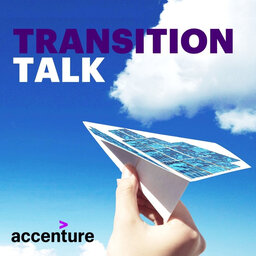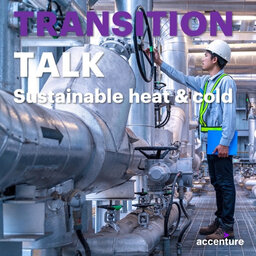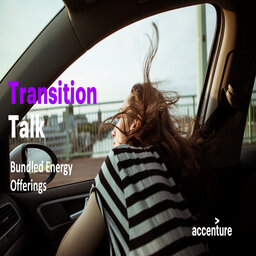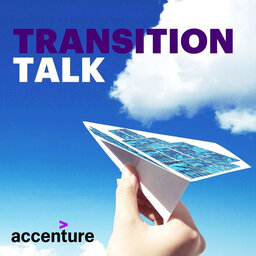The essential role of the system inertia in a future proof renewable grid
The decreasing stability of the grid by feeding in more renewable energy poses a future treat to the grid’s stability. What measures can we take to ensure a future proof grid?
A major technical challenge associated with the energy transition is the decreasing stability in the electricity grid. By feeding in more renewable sources the system’s inertia drops, resulting in the grid becoming less capable to respond to sudden changes. The inertia, usually provided by the large spinning generators in conventional power plants, will need to be monitored and in time be substituted by new technologies.
Are we sufficiently aware of this imminent problem? Where are we already facing problems? And how do we ensure the system’s reliability?
A major challenge
National Grid ESO and Reactive Technologies recognize the challenge and are jointly taking the first steps by setting up a pioneering real-time inertia monitoring mechanism on the UK’s grid. The next step is investing in and exploiting novel inertia providing services like spinning fly wheels, capacitors and batteries in order to maximize the contribution of renewables.
In this episode of our Transition Talk series:
- Gregorio Ogliaro, Utilities, Transmission and Distribution Global Lead at Accenture
- Fintan Slye, Director of the ESO
- Marc Borrett Co-Founder and CEO of Reactive Technologies
They discuss the challenges and developments regarding the grid system’s inertia.
 Transition Talk
Transition Talk


